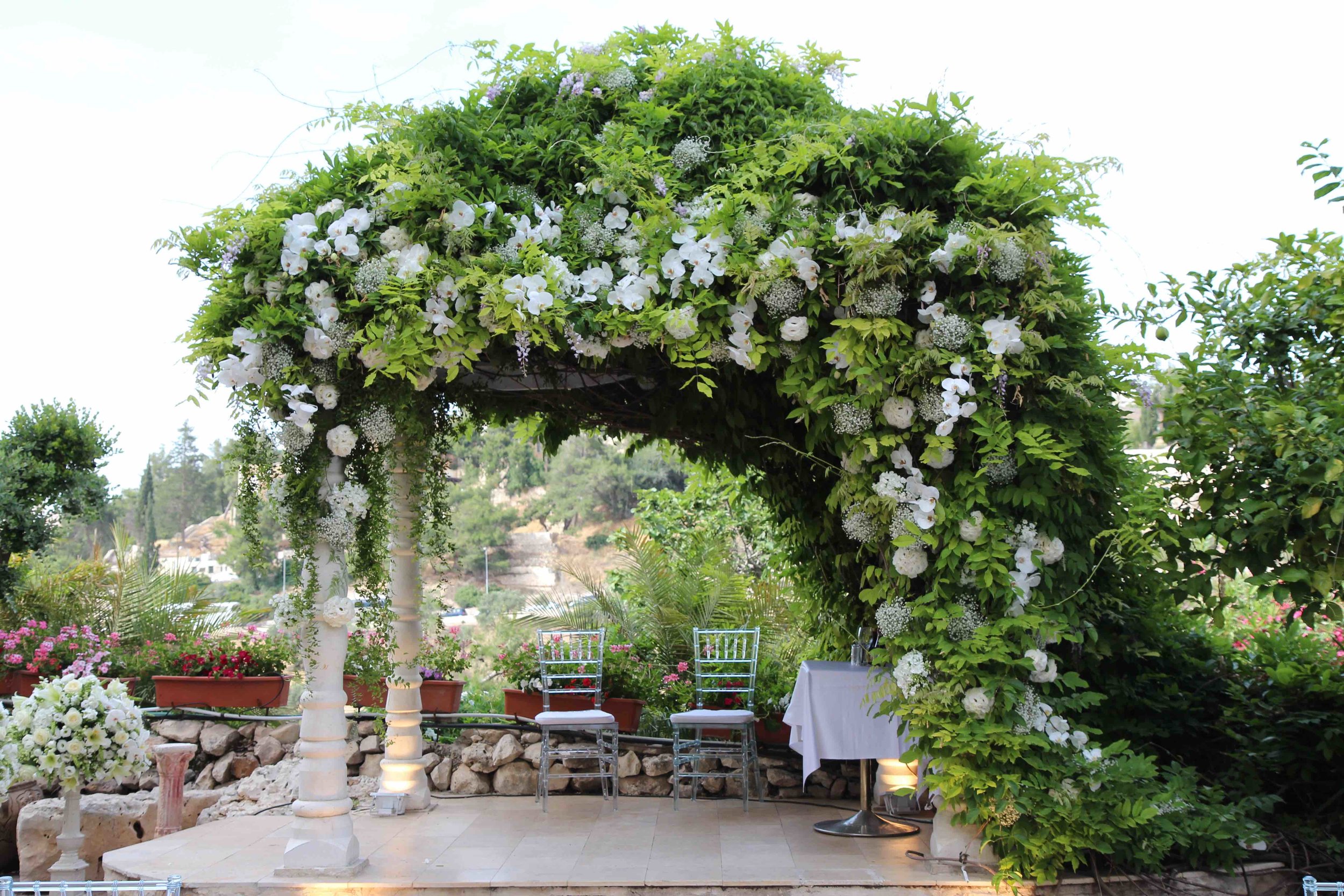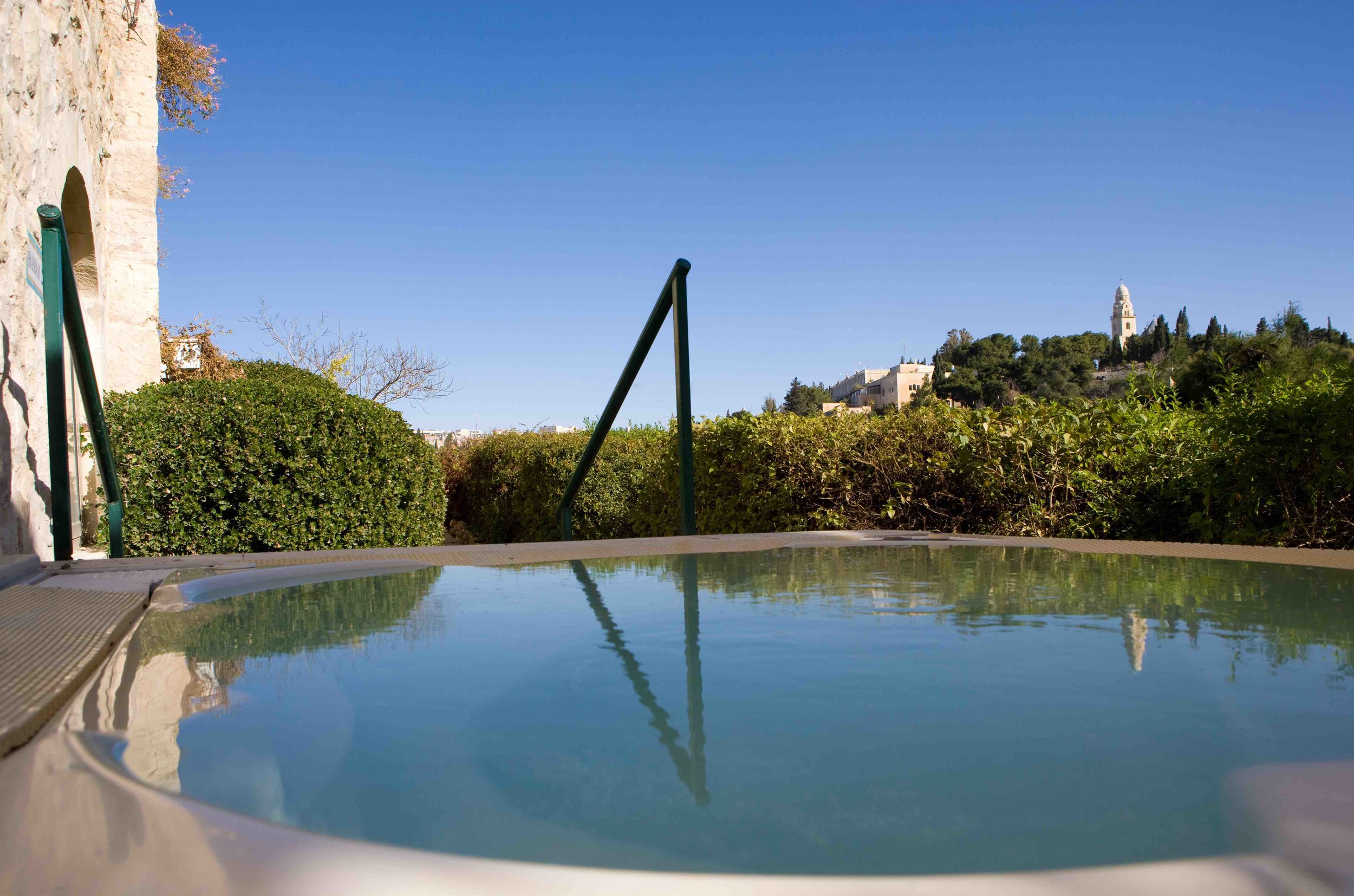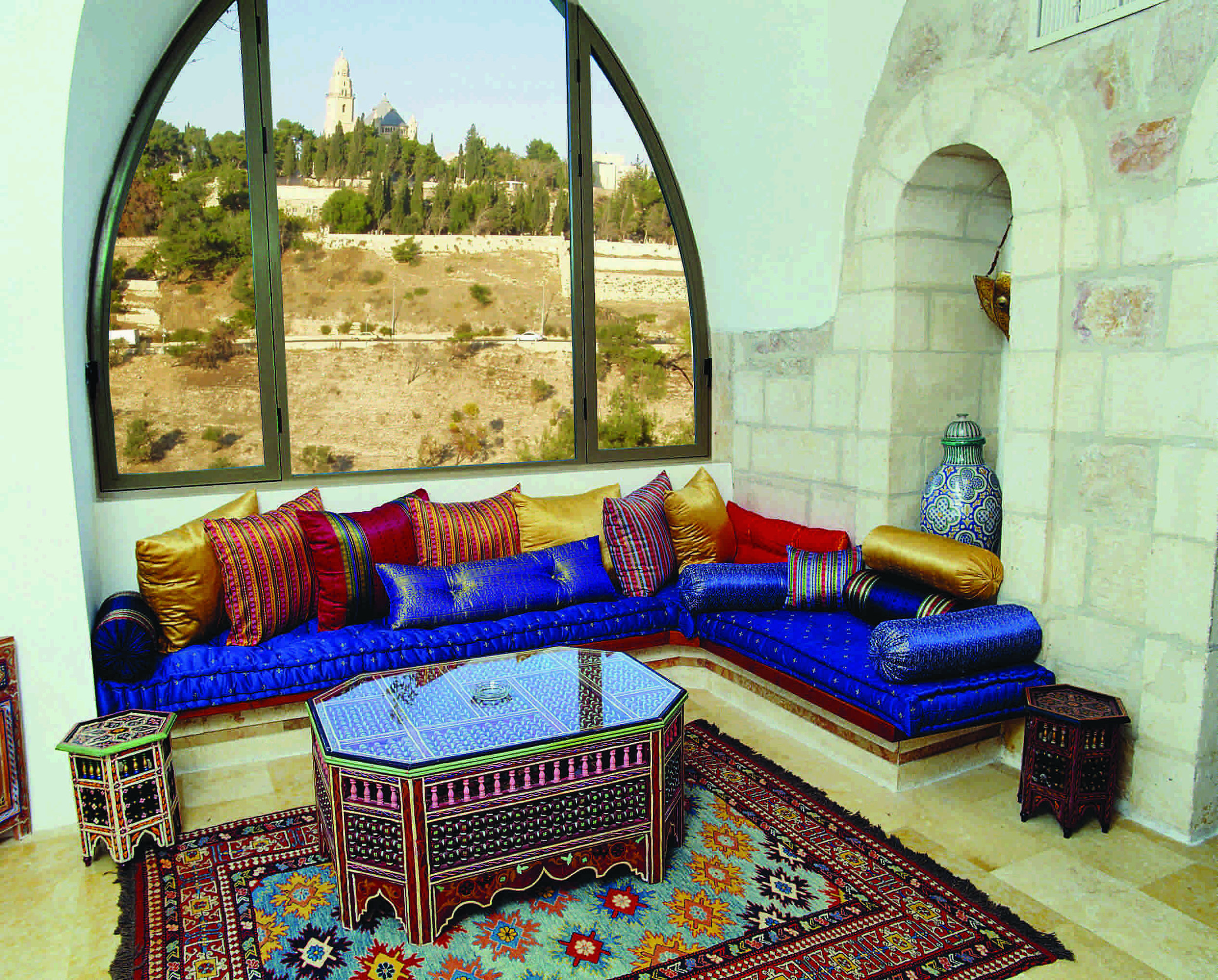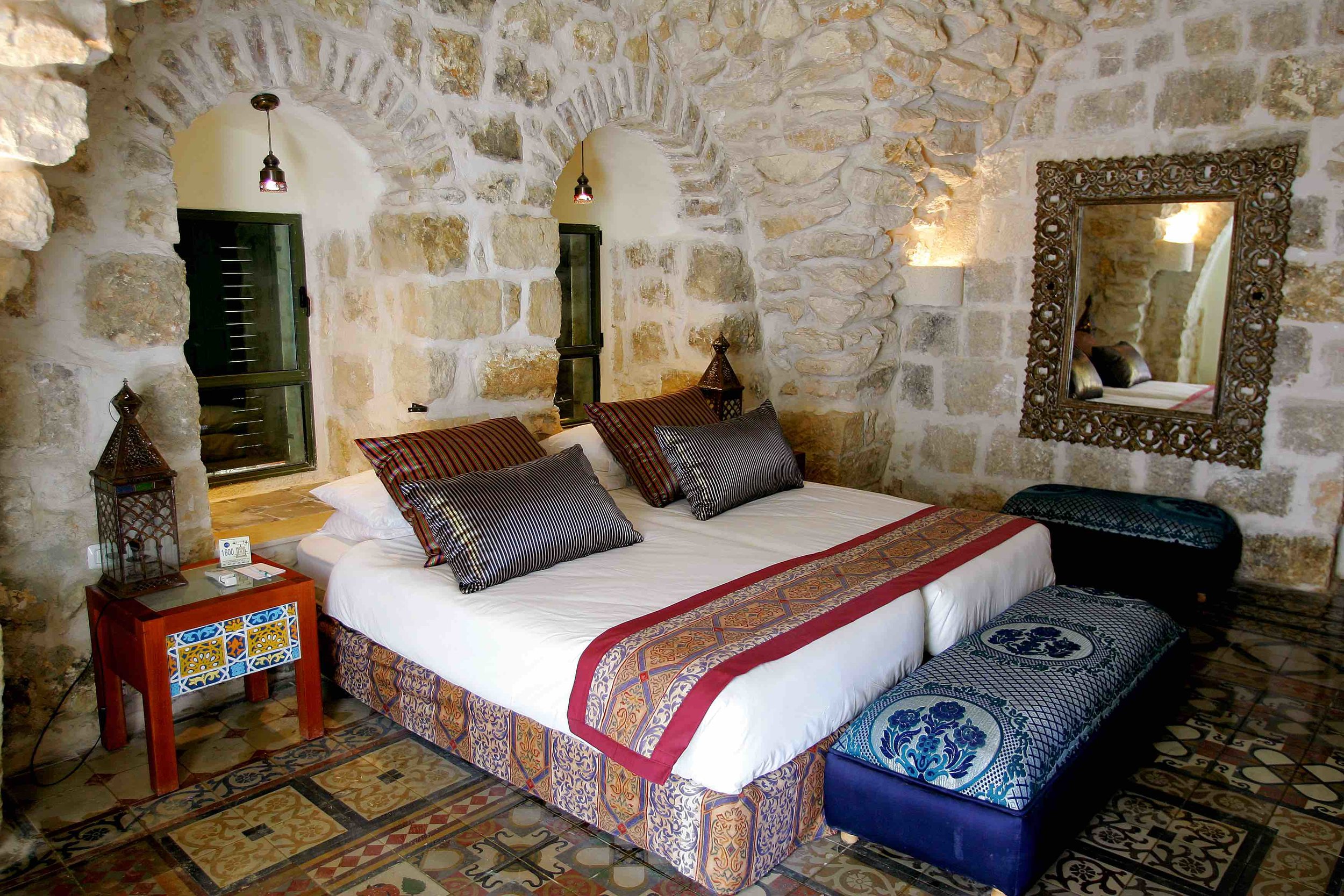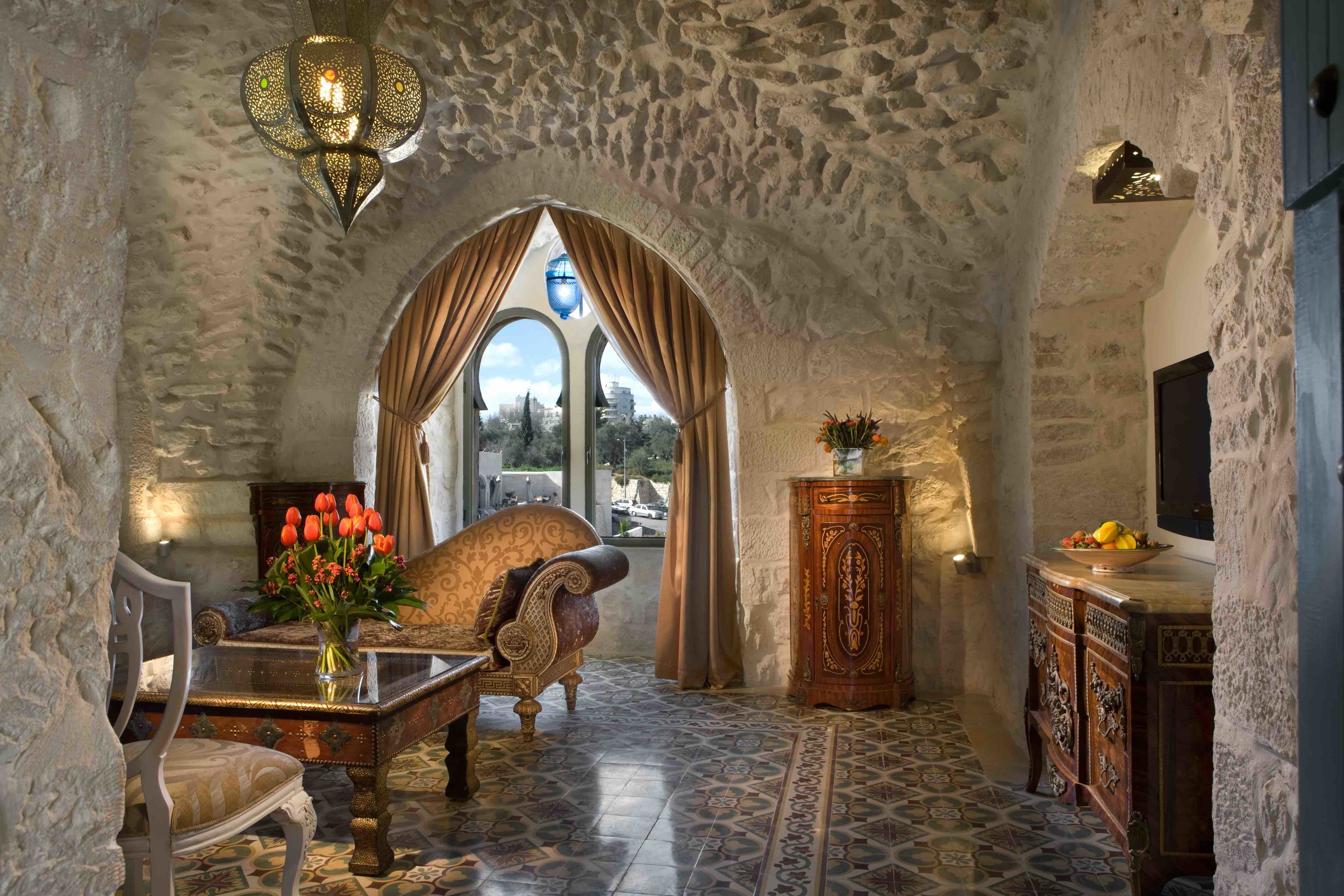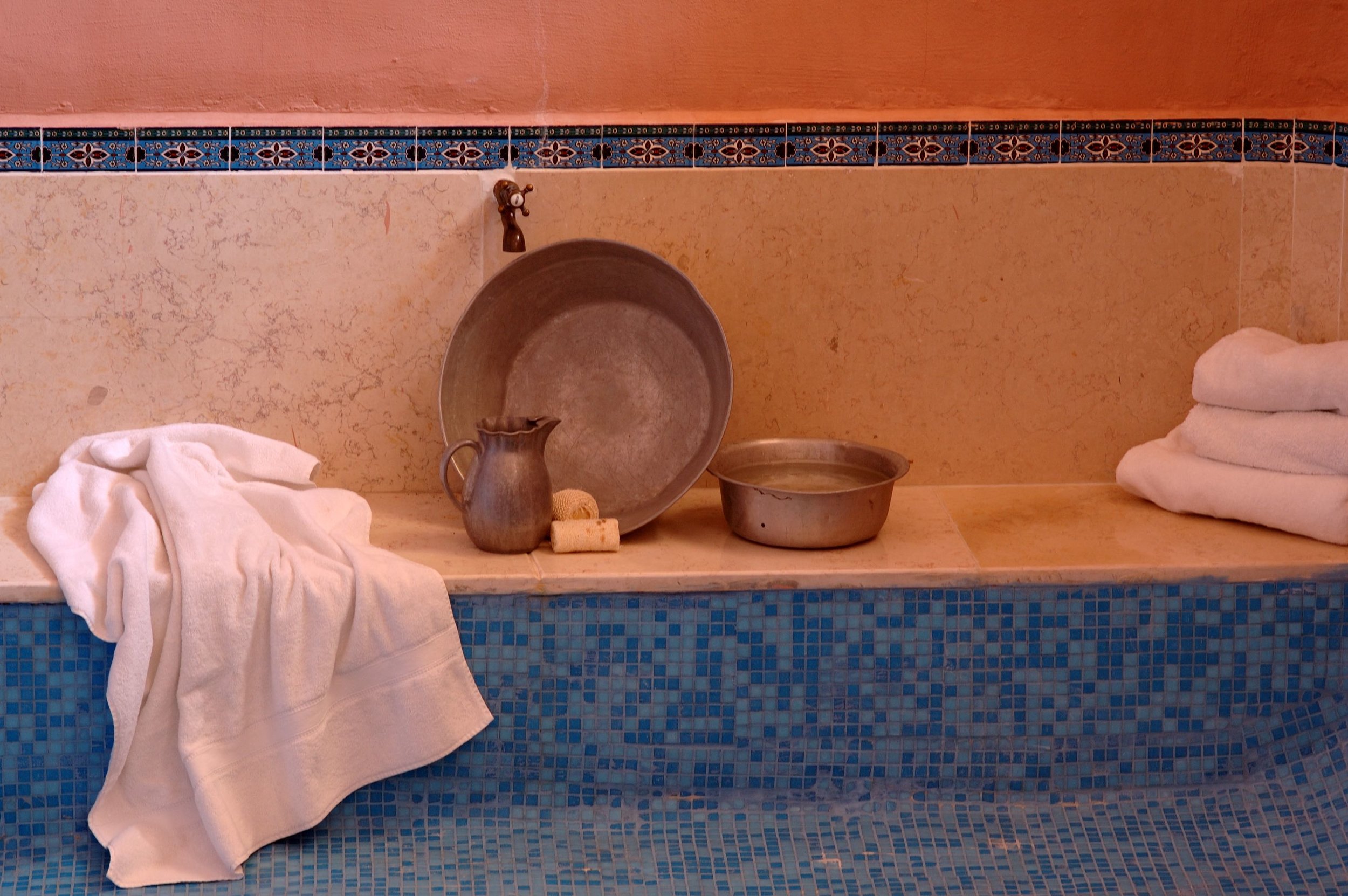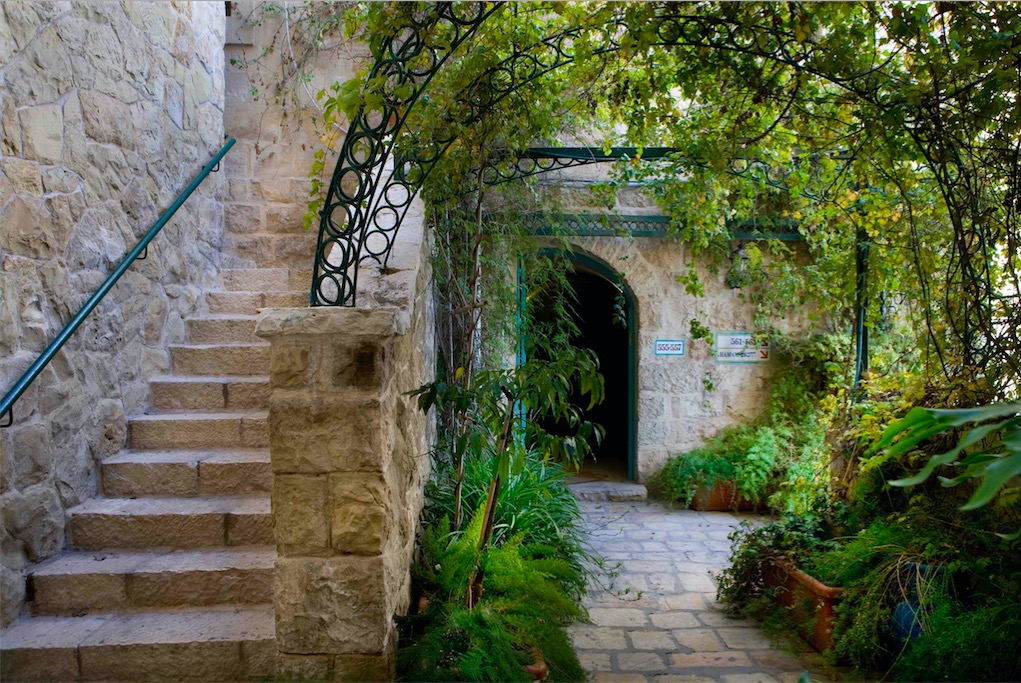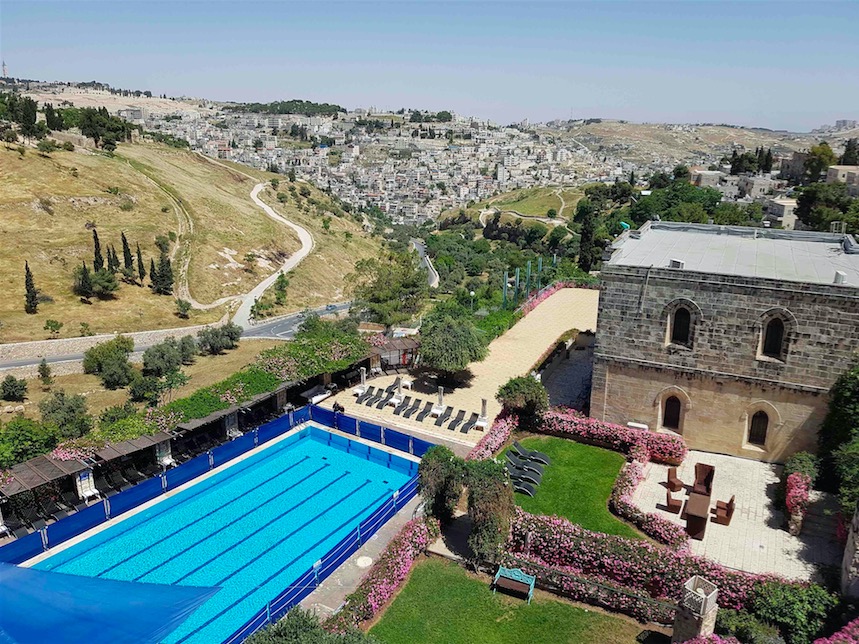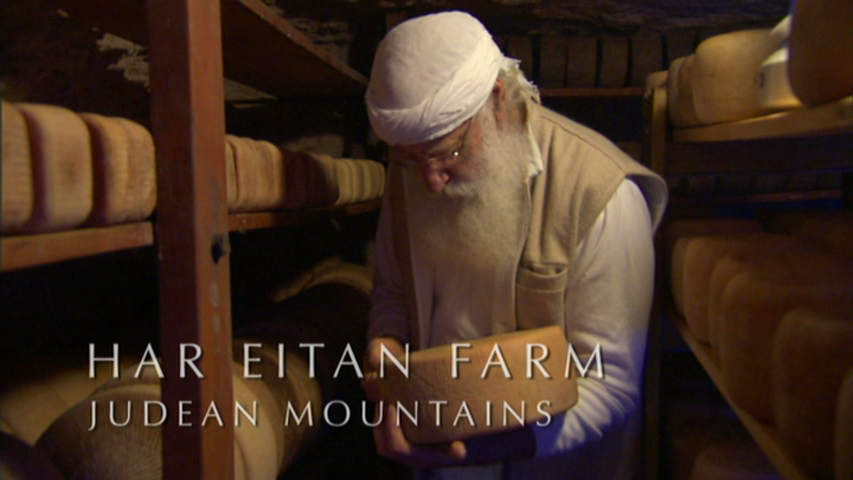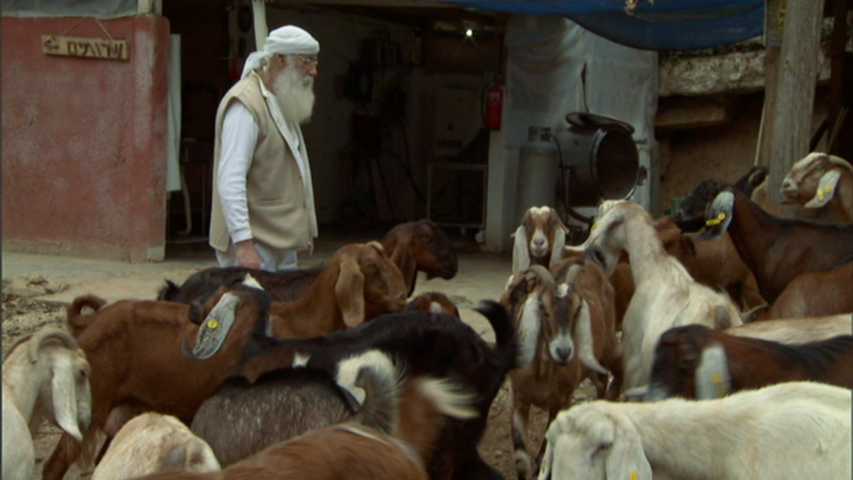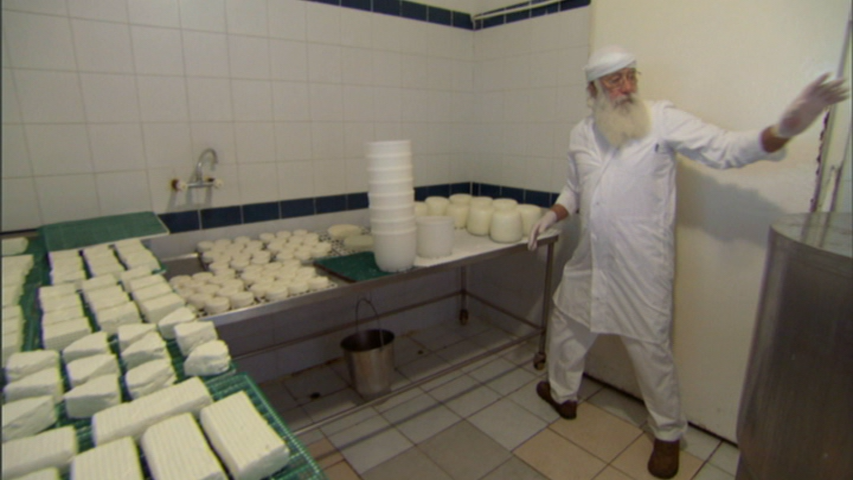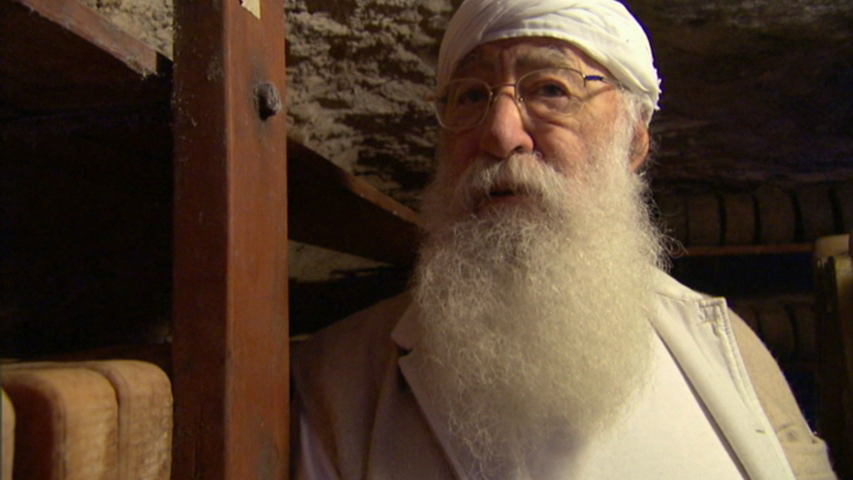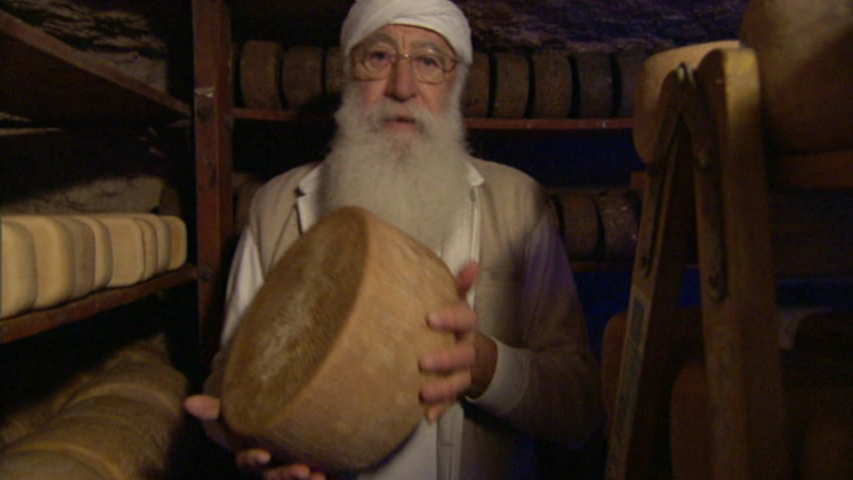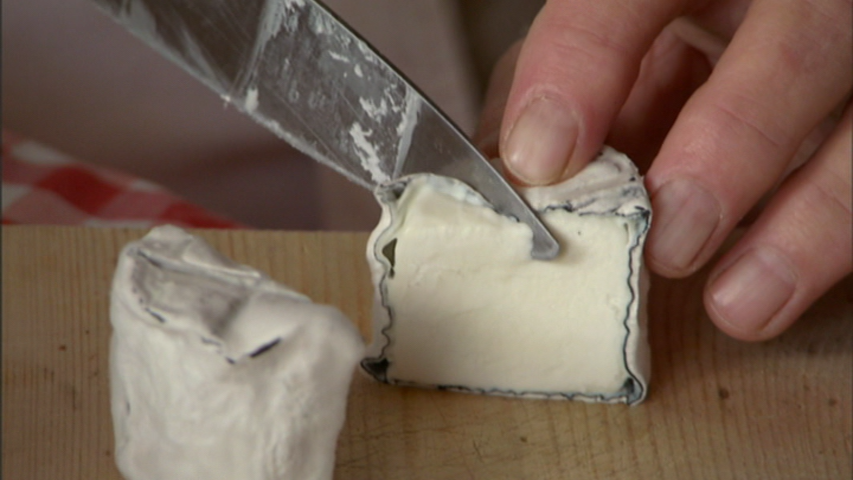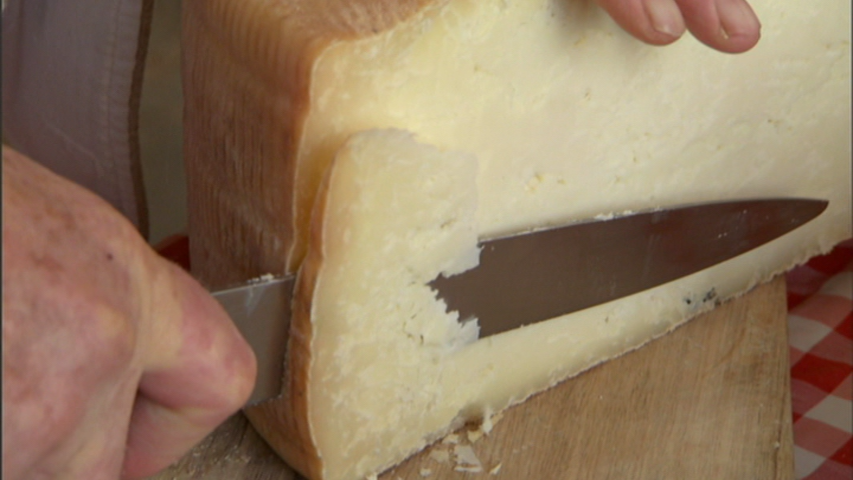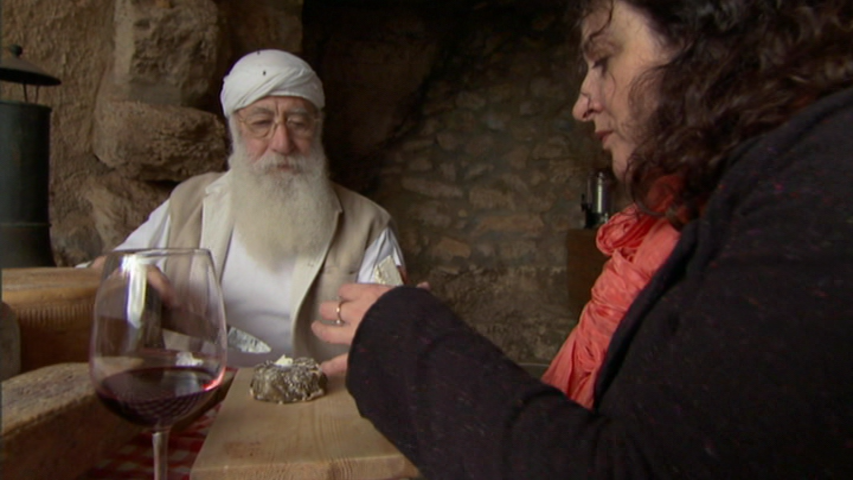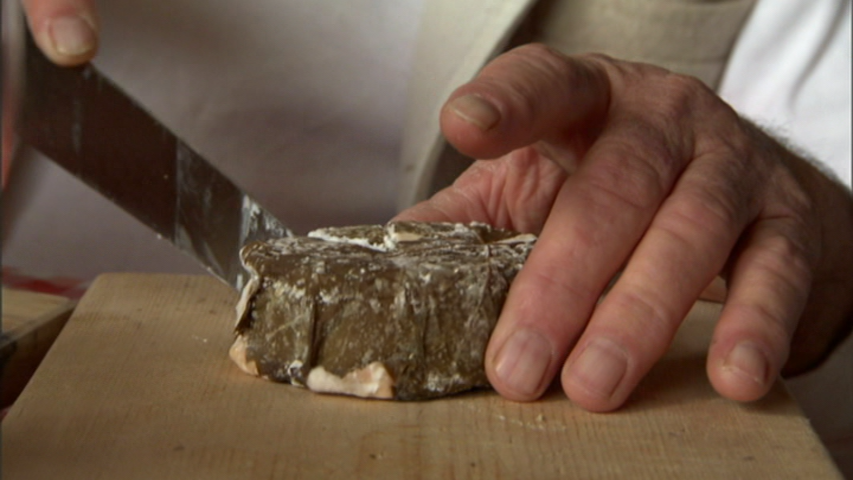The lobby of the Mamilla Hotel, Jerusalem. Photo © and courtesy Cookie West
Nearly at the mouth of the Old City’s Jaffa Gate in Jerusalem is the stylish Mamilla Hotel, revamped in the early 2000s by the architect/designer team Moshe Safdie and Piero Lissoni. The hotel’s immediate neighborhood is extremely toney—an interesting contrast to a tumultuous history.
“A rooftop lounge and restaurant offer guests a sweeping view of the Old City.”
The hotel has a very contemporary feel: a massive glass entryway leads into a stunning front lobby, populated with solicitous concierges and well-turned-out guests. The Mamilla’s rooms, modern and angular, are appointed with smart and understated furnishings and subdued lighting, and (fascinatingly) the wall dividing the room from the bath is clear as glass—but at the touch of a button becomes magically opaque. The hotel’s Akasha spa (or “well-being center”) provides a perfect place to soak, swim, and otherwise unwind after a long day of exploring the city. An especially nice touch at the Mamilla is the wall of bookshelves in the glamorous hotel lobby, filled with handsome tomes on the arts and design—in a variety of languages—ranging from the merely tasteful to the downright edgy. The hotel also features several fine eating and drinking spots, including the Mirror Bar, a couple of cafés, and a rooftop lounge and restaurant from which guests can look out over the sweep of the Old City as they enjoy their meal.












